As a comprehensive energy efficiency and renewable energy solutions company, Ameresco is dedicated to meeting its clients’ energy needs. From school districts to municipalities to healthcare customers, the company approaches each portfolio holistically to ensure load is reduced before suggesting distributed generation options.
In this episode of the Contractor’s Corner podcast, Solar Power World editor-in-chief Kelly Pickerel talks with Dave Anderson, EVP and co-founder of Ameresco, about the company’s beginnings 20 years ago and how solar is just one piece of its energy solution puzzle.
A portion of the interview is below, but be sure to listen to the full podcast for even more insight, including more about how customer needs have changed during COVID, how Ameresco approaches energy storage and international plans for the U.S. company.
Find the Contractor’s Corner podcast on your favorite podcast app.
How do you approach solar plans for multi-location clients?
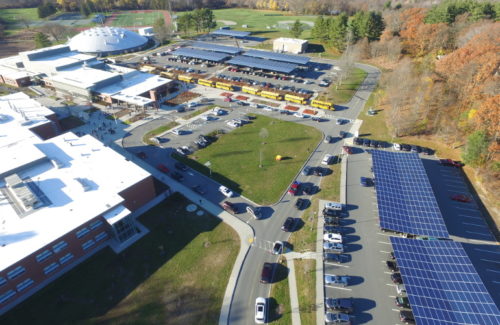 The K-12 market is a very large market for Ameresco. We approach it primarily from a comprehensive perspective. We want to understand the district as a whole, how it uses its energy, what that energy cost is associated with that consumption and identify what systems can be retrofitted to provide newer innovative infrastructure to reduce their load. Once the load is reduced, we have a better understanding of what their requirements are, and then we try to couple solar or renewable solutions to that. That’s not to say that we don’t do standalone solar with some of those districts. We do. But many school districts have aging infrastructure and they have deferred maintenance where they were just never really able to address all those needs. We try to take a holistic approach to reduce their consumption first with new efficient innovative technology and then apply distributed generation solar to those solutions.
The K-12 market is a very large market for Ameresco. We approach it primarily from a comprehensive perspective. We want to understand the district as a whole, how it uses its energy, what that energy cost is associated with that consumption and identify what systems can be retrofitted to provide newer innovative infrastructure to reduce their load. Once the load is reduced, we have a better understanding of what their requirements are, and then we try to couple solar or renewable solutions to that. That’s not to say that we don’t do standalone solar with some of those districts. We do. But many school districts have aging infrastructure and they have deferred maintenance where they were just never really able to address all those needs. We try to take a holistic approach to reduce their consumption first with new efficient innovative technology and then apply distributed generation solar to those solutions.
How does Ameresco get comfortable with emerging solar applications?
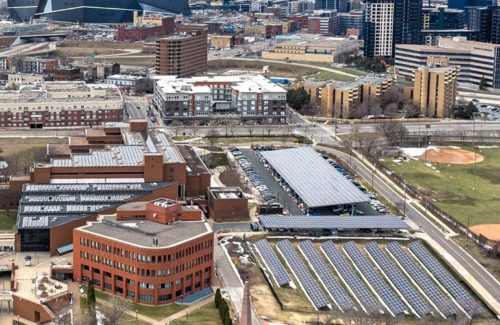 We’ve done a significant amount of landfill projects, not only for solar. We’ve extracted methane gas from landfills, and we’re going back to many of those capped landfills and applying solar solutions. We are very proud of the technical depth and breadth we have in the organization. 70% of our staff are degreed engineers, so we can get comfortable pretty quickly with evaluating and employing some of these new technologies. We’ve been recently awarded a 1.1-MW floating PV system at Fort Bragg on the Big Muddy Lake. That’s another innovation that we try to leverage and take advantage of for our customers. Additionally, we have in Massachusetts a community solar project, 5 MW and 20 acres, where sheep do the grass mowing. It’s a good environmental solution.
We’ve done a significant amount of landfill projects, not only for solar. We’ve extracted methane gas from landfills, and we’re going back to many of those capped landfills and applying solar solutions. We are very proud of the technical depth and breadth we have in the organization. 70% of our staff are degreed engineers, so we can get comfortable pretty quickly with evaluating and employing some of these new technologies. We’ve been recently awarded a 1.1-MW floating PV system at Fort Bragg on the Big Muddy Lake. That’s another innovation that we try to leverage and take advantage of for our customers. Additionally, we have in Massachusetts a community solar project, 5 MW and 20 acres, where sheep do the grass mowing. It’s a good environmental solution.
What are some trends you’re seeing in mid-sized solar?
One of the effects of COVID is the tax base. Unemployment rates are so high, and the public sector in general is struggling. I think we’ll continue to struggle with securing appropriated funds in the short term. Having financial solutions that allow the implementation of energy efficiency and renewable energy and these more complex solutions not requiring any upfront capital on the part of the public sector and facilitating it on an off balance sheet, off credit basis is going to be very attractive to these municipalities. Community solar is one of those methodologies that will allow for a municipality to take advantage of some of this non-productive land, whether it’s a capped landfill or a pond, as a way to not impede or hold back its ability to save money and work toward its sustainability.
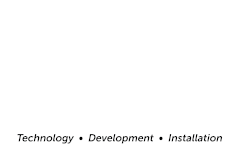
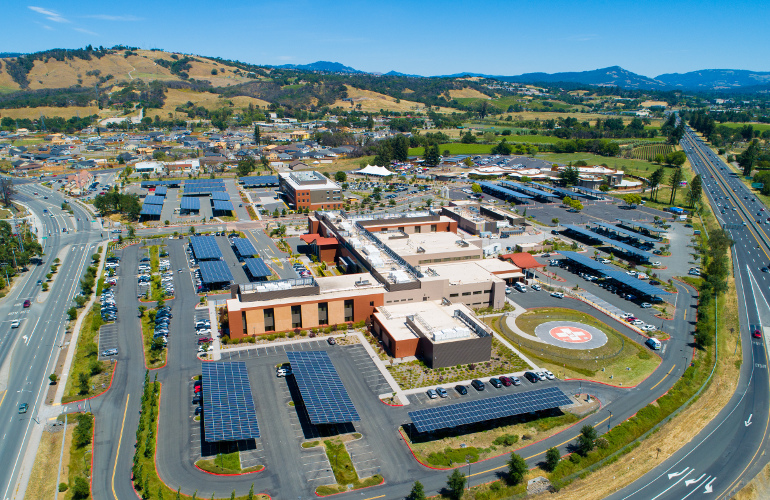
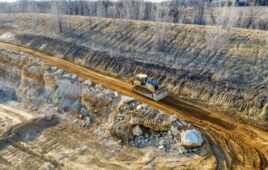
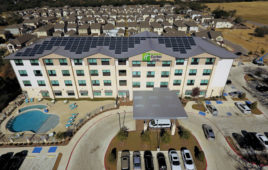
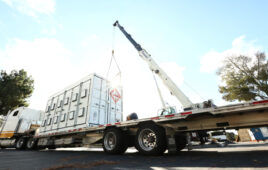
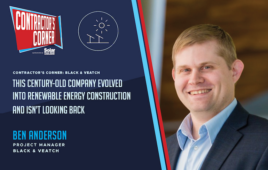
Tell Us What You Think!